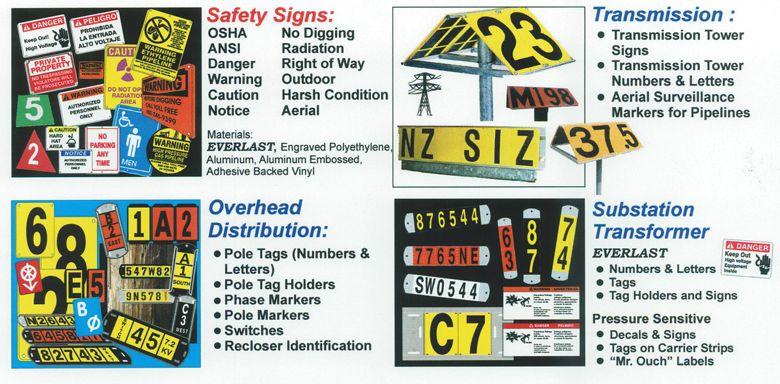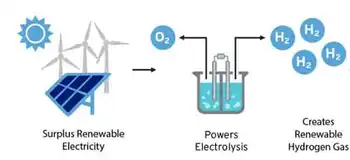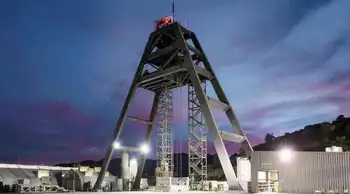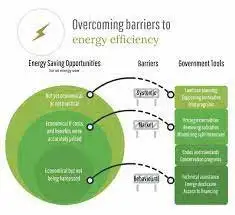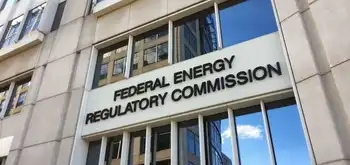Giant retailers turning to solar
By New York Times
Electrical Testing & Commissioning of Power Systems
Our customized live online or in‑person group training can be delivered to your staff at your location.

- Live Online
- 12 hours Instructor-led
- Group Training Available
So far, most chains have outfitted fewer than 10 percent of their stores. Over the long run, assuming Congress renews a favorable tax provision and more states offer incentives, the chains promise a solar construction program that would ultimately put panels atop almost every big store in the country.
The trend, while not entirely new, is accelerating as the chains seize a chance to bolster their environmental credentials by cutting back on their use of electricity from coal.
“It’s very clear that green energy is now front and center in the minds of the business sector,” said Daniel M. Kammen, an energy expert at the University of California, Berkeley. “Not only will you see panels on the roofs of your local stores, but I suspect very soon retailers will have stickers in their windows saying, ‘This is a green energy store.’”
In the coming months, 85 Kohl’s stores will get solar panels; 43 already have them. “We want to keep pushing as many as we possibly can,” said Ken Bonning, executive vice president for logistics at Kohl’s.
MacyÂ’s, which has solar panels atop 18 stores, plans to install them on another 40 by the end of this year. Safeway is aiming to put panels atop 23 stores. And other chains, including Whole Foods Market, BJÂ’s Wholesale Club and REI, the purveyor of outdoor goods, are planning projects of their own.
Wal-Mart, the nationÂ’s largest retailer, has 17 stores and distribution centers with solar panels in operation or in the testing phase. It plans to add them soon to five more stores. People at the chain are considering a far larger program that would put panels and other renewable technologies at hundreds of stores.
“It’s going to be the Wal-Marts of the world that will buy these things over acres and make a difference,” said Roger G. Little, chairman and chief executive of the Spire Corporation, a Boston company that provides solar equipment.
Analysts are not sure how much power the rooftop projects could ultimately produce, but they say it could be enough to help shave total electricity demand. In many communities, stores are among the biggest energy users. Depending on location and weather, the solar panels generate 10 to 40 percent of the power a store needs.
If Wal-Mart eventually covered the roofs of all its SamÂ’s Club and Wal-Mart locations with solar panels, figures from the company show that the resulting solar acreage would roughly equal the size of Manhattan, an island of 23 square miles.
Booming demand in recent years has driven up the price of solar panels, and analysts say it costs far more to generate electricity from solar energy than from coal.
Coal generation costs about 6 cents for a kilowatt hour, which is enough electricity to run a hair dryer for an hour. Natural gas generation costs about 9 cents a kilowatt hour, said Reese Tisdale, a senior analyst with the consulting firm Emerging Energy Research. In comparison, “best case” for power from solar panels is about 25 to 30 cents a kilowatt hour, he said.
But retailers believe that they can achieve economies of scale. With coal and electricity prices rising, they are also betting that solar power will become more competitive, especially if new policies addressing global warming limit the emissions from coal plants.
Retailers, hoping to create a bigger market and positioning themselves at the forefront of a national shift toward renewable energy, are encouraging one another to join the bandwagon.
“We’re hoping that our purchases along with some other retailers will help bring the technology costs down,” said Kathy Loftus, who is in charge of energy and other initiatives at Whole Foods Market.
Most of the efforts so far are in California, New Jersey and Connecticut, states that offer generous incentives. Executives say they would like to convert many more. How quickly they can do so depends on government policy because retailers rely on tax incentives to offset the cost.
Corporate officials describe a federal tax credit for renewable energy, one that Congress has let expire and then renewed several times, as particularly important. A Congressional deadlock over offshore oil drilling has held up legislation that would renew the credit for next year.
“Every project that starts development has to be finished by Dec. 31 or you lose tax equity advantage, and nobody’s willing to take that risk,” said George Waidelich, vice president for energy operations at Safeway. “You’re talking about millions of dollars.”
Retailers are fast becoming energy experts. They are experimenting with traditional solar panels, a new type of thin solar panel and ground-mounted tracking systems that move with the sun.
They are also combining those systems with other rooftop technologies like skylights and solar water heaters.
“Solar has become part of the kit that we think about when we open a store,” said Sharon Im-Lee, REI’s energy manager.
American retailers are following the lead of stores in Europe, which are much further along. Store-roof projects are so numerous in parts of Germany that they can be spotted in satellite photos. Government subsidies there, however, have lasted for years.
“In Germany, there are none of the concerns you find in the United States about whether support will be around next year,” said Jenny Chase, an energy analyst in London.
Retailers in the United States tend to buy their own solar-power systems, at $4 million to $6 million for a store the size of a Wal-Mart, or enter into an agreement with a utility company that pays the up-front costs and then gives the store a break on power bills — an approach that appeals to big chains.
“It really helps make it economical for the retailer,” said Kim Saylors-Laster, Wal-Mart’s vice president for energy.
Retailers are also looking at other ways to extend their use of renewable energy by testing technologies like wind turbines and reflective white roofs, which keep buildings cooler in warm weather.
Bernard Sosnick, an analyst with Gilford Securities who has examined Wal-MartÂ’s plans, said the day might come when people can pull their electric cars up to a store and recharge them with power from the roof or even from wind turbines in the parking lot.
“It’s not as over the horizon as it might seem,” he said.






